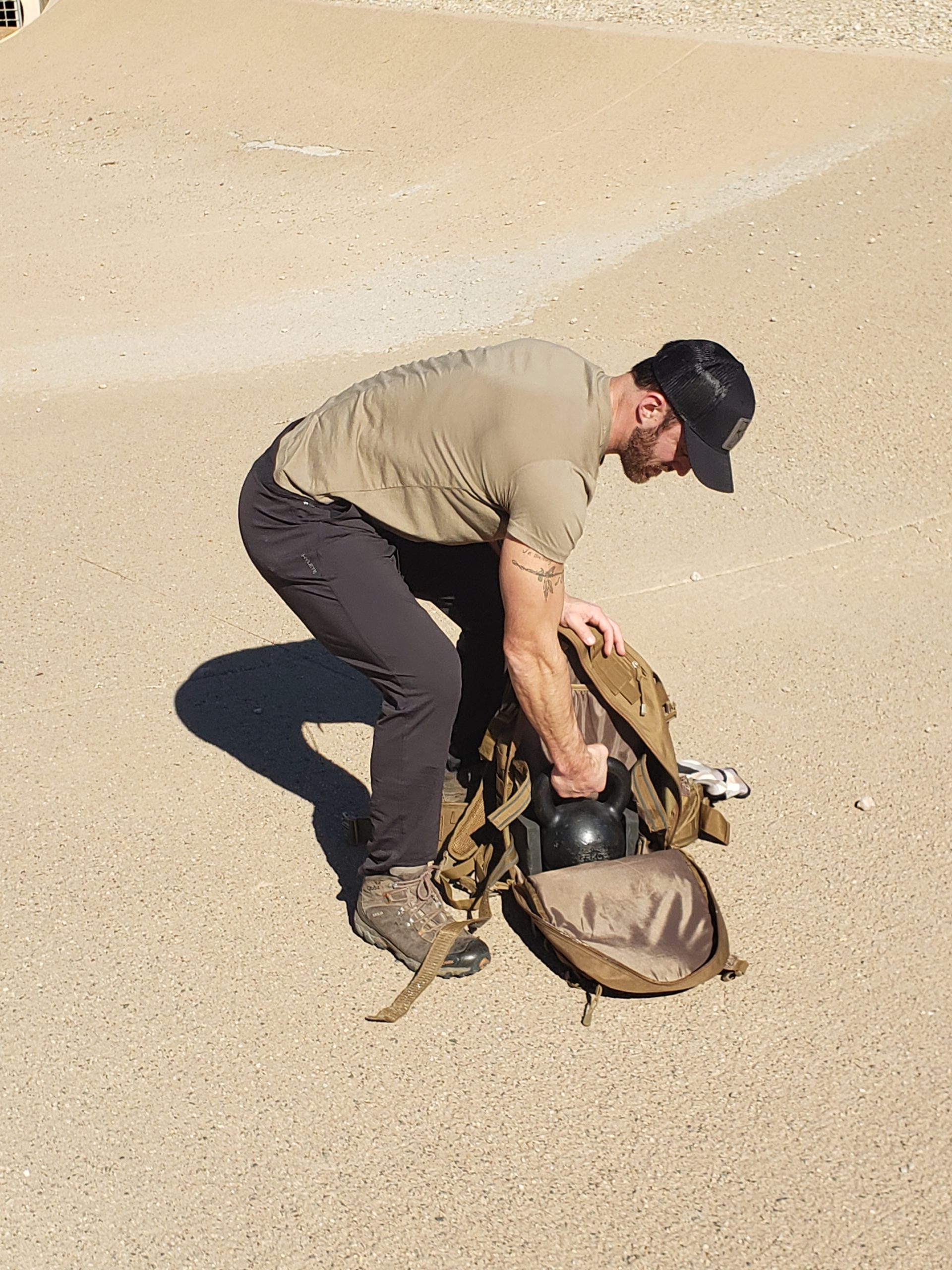offwidth
Level 10 Valued Member
If you plan on carrying heavy (relative) loads then you will be glad you have a pack with a proper suspension system that includes a hip belt. If you also plan on negotiating somewhat technical terrain you will likewise value a sternum strap.Out of curiousity: I hear this, but the GoRuck bags do not have hip belts, and if i recall correctly, Al Ciampa's articles didn't advocate them - or sternum straps, for that matter.
Caveat: I am talking about well designed and built packs, not ones that have these features as afterthoughts or for more or less cosmetic purposes.



